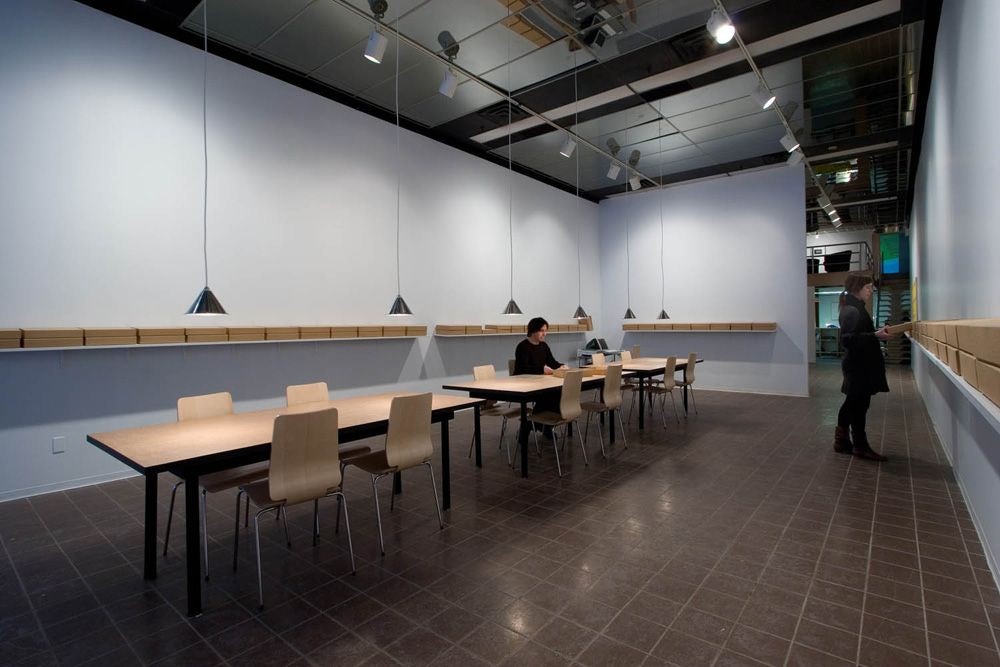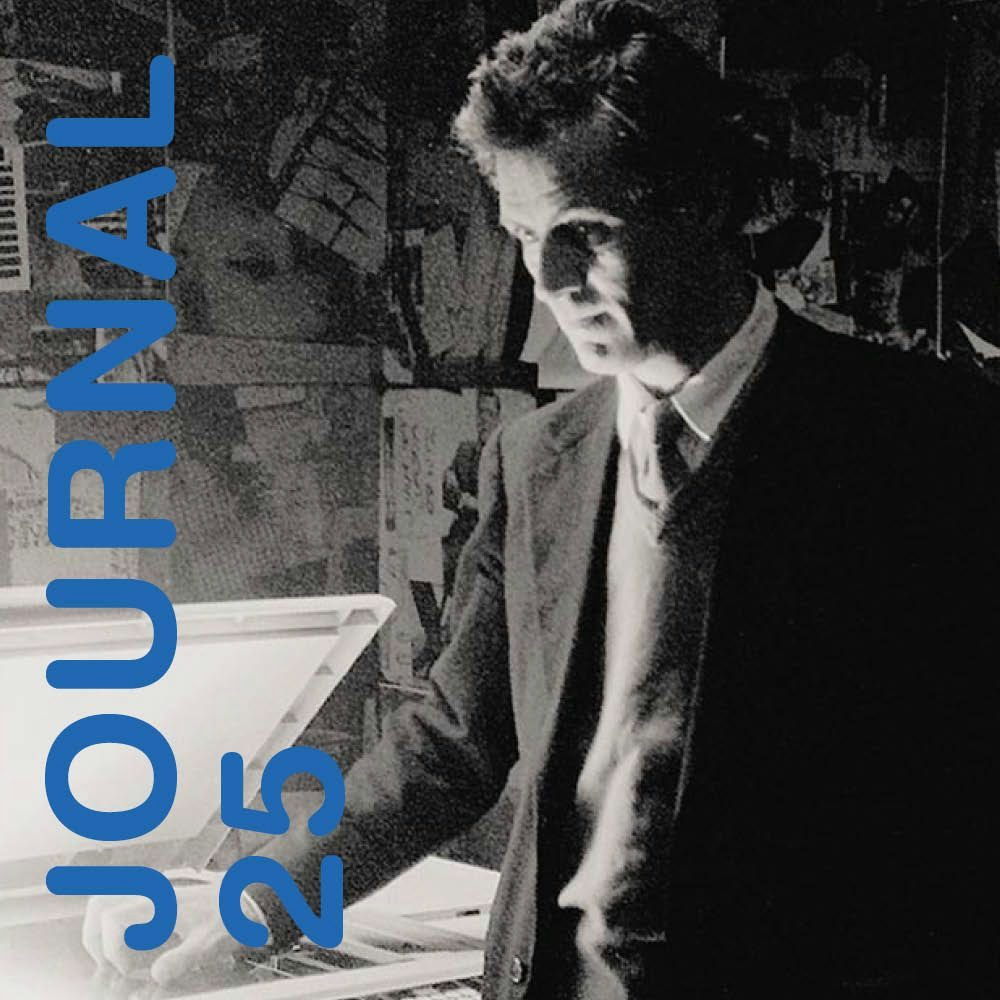
Gilles Mahé
2008.01.26 - 03.15
CHRISTOPHE DOMINO
Mahé’s response to the banality of the modernist project of turning one’s life into a work of art was radical and discreet. Radical, because he made working on art a condition for life—accomplished, shared and generous, at once casual and methodical. Discreet, because his method of working lay on the fringes of art, the art world, and the ambition to “create.” He was an engagé dilettante. When asked, “So, what are you up to these days?” he would gladly reply, “Oh, I took up where my father left off.” “And what was it your father did?” “Nothing.” More acknowledged than known, much celebrated in particular by a circle of artists of all generations, his work since its earliest days in 1972 drew sustenance from an intense relationship to the image. To all sorts of images: not in their demonstrative, authoritarian, voluntary, virtuoso, saintly or glorious dimension, and not as a specialist’s business, but rather as a secular language, as the stuff of exchange and of social life, of the ordinary imagination. Whether he produced by means of drawing, with a camera, photocopier, canvas or computer; whether filming, painting, annotating, collecting, archiving, recycling, printing, reproducing, blending or writing; when disseminating anything to do with images—from a scribbled-upon kitchen memo board to “great art” on a postcard—Mahé was concerned with the exchange value of the image. Rescued, reproduced, associated, published, degraded, found, fragmented—to the second, third or nth degree—via distant analogies or visual efficacy, the image structures the psyche in the same way that, as the Lacanian vulgate would have us believe, language does the unconscious. The subjective investment made does not depend—or at least does not depend solely—on the nature or the quality of the image; a graphical accident or a torn page can equal a constructed composition or a figure of great art, nurturing the private archive of individual memory.

Mahé’s work is therefore an invitation both to individual revelling in the image and to an ironic, critical meditation on the ecology of images—on contemporary iconomics. His practice touched only slightly on art as axiological territory or as a locus of hierarchy and of symbolic or material benefits, while at the same time depending exclusively on these qualities of art because of the disinterest and freedom that he put into his work.Thus Mahé engaged his self so far as to make his artist name into a brand name—only to live, in a sense, sheltered from that name by displaying that blind spot, that unspoken thing that is the economics of art and the artist. His response to merchant society was to play—overplay, even—with commercial devices, using images of money or deploying drafts of unpublished contracts with private collectors and public institutions. He regularly investigated the conditions of the artist versus those of the commission, going so far as to suggest (for the project Vendu à tous) the execution of a work chosen by the sponsor, who would decide everything from subject to medium to price. The image as capital in the economic sense is therefore one of the principles structuring his approach to the ambiguous equivalence of symbolic value and venal value. Putting images into circulation through any and all means of dissemination is the principle of sharing which characterizes art. (Mahé claims for his own the following, from a 1998 letter which appeared in an article: “Memory exists only when it is expressed publicly.”) But beyond that, it also speaks to the active principle of commerce and the circulation of money. Whereas the artist speculates on the productivity of image capital, Mahé carefully organized systems of dissemination: the store, as the consummate space for exchange; the spreading of information by mail; the organization of correspondence courses in drawing, or consultation devices like Capital d’Essais (1989) and 365 images (Déposition 1997), and the organization of group exhibitions. His untimely death meant he did not have the time to explore, as he had wished, the potential for dissemination offered by the Internet. Yet, although they are founded on him, his works/devices remain concretely active and productive, outliving the man.
Acknowledgments to Michèle Mahé and Marie de Crécy, Philippe Rolle and Yves Trémorin. To the lenders, Suzette and Rudy Ricciotti (Bandol), the FRAC PACA (Marseille), FRAC Bretagne (Châteaugiron) and personally to Catherine Elkar for her support.